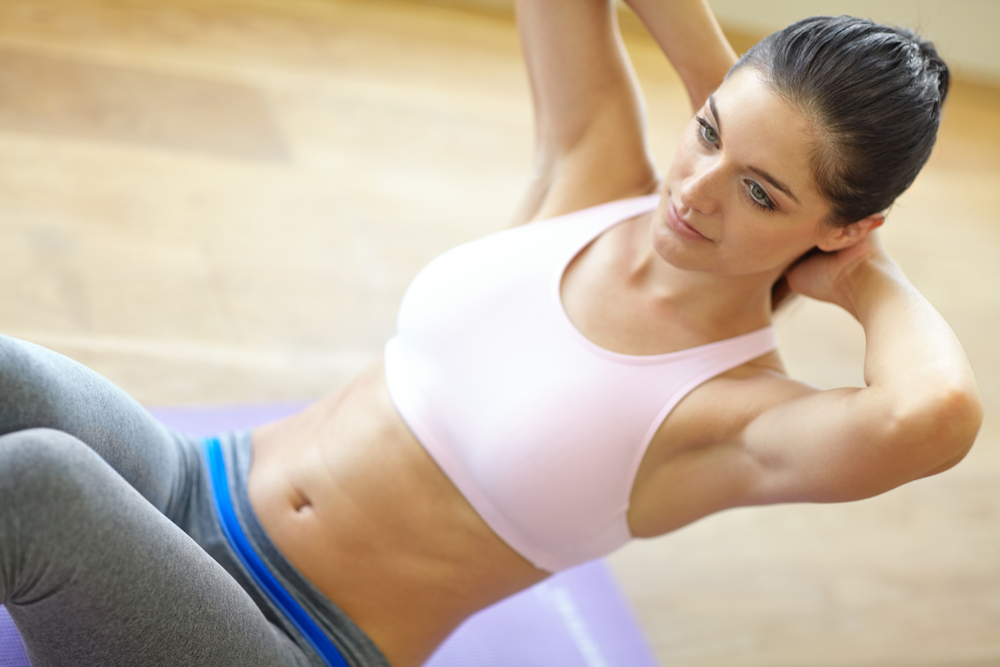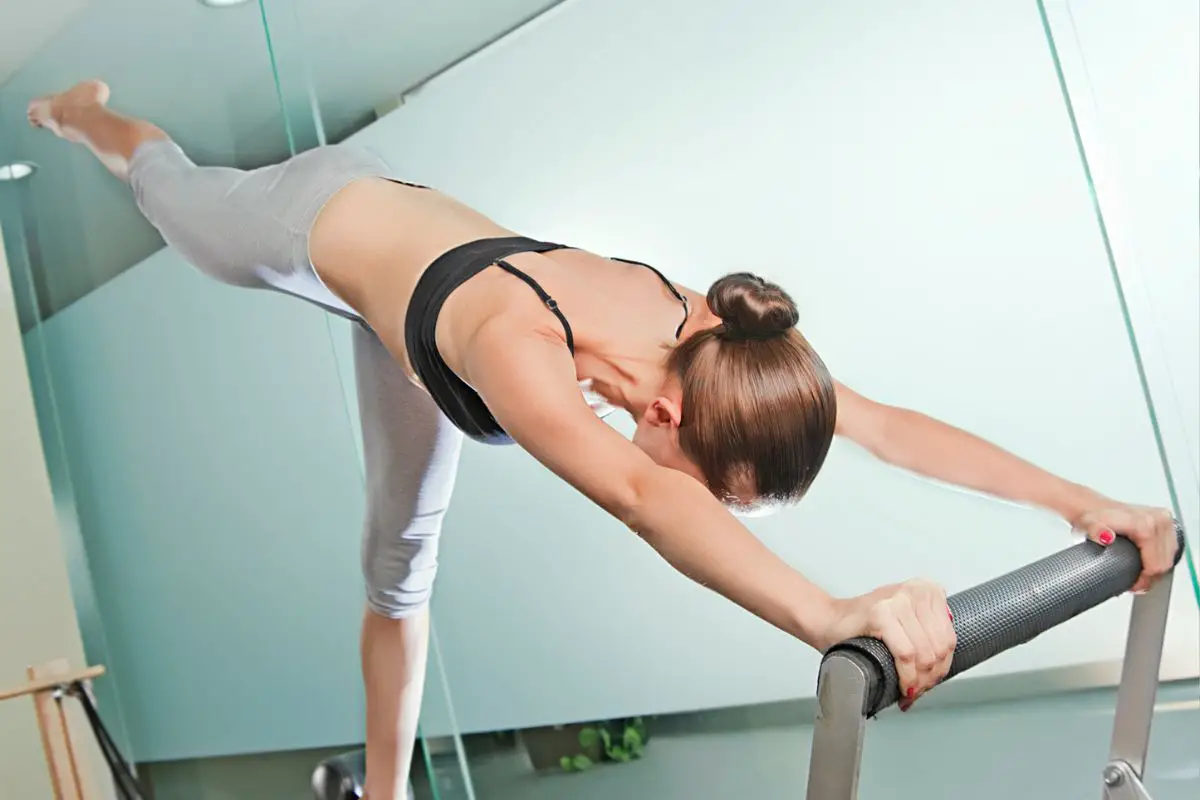Health

We have all heard about the benefits of doing Pilates regularly. These body and breathing exercises can help strengthen and tone muscles, improve balance, flexibility, and mobility, and enhance the state of your metal health and overall wellbeing.
With so many health benefits, researchers wanted to know if Pilates could improve other areas of our health, particularly in reducing high blood pressure.
Hypertension (high blood pressure) has become more prevalent in recent years due to poorer diets and an aging population. It can often be a prelude to cardio-vascular disease, which can ultimately lead to an early death.
High blood pressure is estimated to affect 1 in 7 adults, particularly individuals over the age of 45. This “silent killer,” as it is known, is more prevalent in men and doesn’t usually come with any symptoms until reaching a high level.
By then, the increased blood pressure may have damaged vital organs in the body.
Various studies, such as this, have found that Pilates moves can actually lower high blood pressure as well as reduce artery stiffness. With obesity rates being so high in society, it has become a significant public health issue.
But, exercise, whatever form it is, can help prevent heart complications and reduce blood pressure.
Read on as we find out if Pilates can help lower high blood pressure and if so, how these exercises can help. We will examine a recent study and explore the intriguing results.
What Is High Blood Pressure, And What Causes It?
When you push your body and physically challenge it, the heart goes into overdrive. It starts to work harder, so blood pressure is increased through the arteries.
When you measure blood pressure, it is typically presented as a figure on top of another figure. This is the heart muscle contraction pressure (the systolic) above the relaxation of the heart muscle in between heart beats (the diastolic).
A normal, healthy range is considered to be 90-120 mmHg (Millimeters of Mercury) over 60-80 mmHg. When this pressure rises to 120-139 mmHg over 80-89 mmHg, this is regarded as “pre-hypertension.”
Then there are stages or grades from 1 to 3:
- Stage/grade 1 hypertension – 140-159 mmHg over 90-99 mmHg
- Stage/grade 2 hypertension – 160-179 mmHg over 100-109 mmHg
- Stage/grade 3 hypertension (severe) – 180 mmHg over 110 mmHg or more.
The reasons behind high blood pressure can be varied. Sometimes, a person can feel nervous or anxious waiting for a blood pressure test.
This in itself can raise blood pressure. Pregnant women can also see their blood pressure increase due to so many physiological changes in their body. Of course, lifestyle can have a massive impact on someone’s blood pressure.
The unhealthier a diet is, the higher risk there is of blood pressure rising. Also, it is common to see blood pressure rise as you grow older.
Whatever the situation or cause, a rise in blood pressure can be a cause for concern as it can be an early indication of Pre-Eclampsia. This can then develop into Eclampsia which can be fatal.
Symptoms of this include headaches (especially in the back of the head), dizziness, vertigo, shortness of breath, tinnitus, nausea, and/or vomiting.
So, can Pilates help lower high blood pressure? Find out below.
Pilates – Can It Help Lower High Blood Pressure?
There have not been many studies into the effects Pilates may have on people with high blood pressure, so experts are still unsure on its true effects on high blood pressure.
The exercises associated with Pilates focus on core strength, body posture, flexibility, and controlled breathing with many finding their health improves drastically with a committed Pilates regime.
A recent study involved 28 women aged 19 to 27. Each individual was obese and suffered from high blood pressure. All were non-smokers with no chronic diseases, but performed less than one and half hours of exercise every week.
The study saw half of the women being put into a non-exercising control group, whilst the other half completed Pilates sessions over 12 weeks under the supervision of an instructor.

Each Pilates session lasted one hour with 10 minutes of warm ups and stretching. 40 minutes consisted of mat Pilate exercises and the remaining 10 minutes was left to cool down. Over the 12 weeks, the intensity of the training was elevated.
Once the 12 weeks were up, the results were in. The Pilates group had managed to reduce their blood pressure and arterial stiffness significantly, as well as central aortic pressure.
However, this study did not categorically prove that Pilates alone can lower blood pressure.
More research is required as this was the first study of its kind. Researchers hypothesized that regular Pilates may lower the risk of hypertension in the participants.
Alexei Wong, assistant professor in the Health and Human Performance Department at Marymount University, Va and the primary author of the study stated,
“Our findings provide evidence that mat Pilates benefit cardiovascular health by decreasing blood pressure, arterial stiffness, and body fatness in young obese women with elevated blood pressure.”
The researchers hoped that mat Pilates training could be an effective alternative exercise for helping prevent hypertension and cardiovascular disease in obese adults.
As the results show, Pilates certainly helped the young obese individuals and, although this is not enough proof that Pilates can reduce high blood pressure, it is a clear indication that regular exercise can help prevent and manage heart health complications.
Pilates And Overall Health
Along with other activities like walking, running, swimming, cycling, and tai chi, Pilates may assist in lowering blood pressure.
Any physical activity that is rhythmical, isotonic, aerobic, and moderately intensive is beneficial for the heart. In other words, when you exercise and the heart is at 40-60% of its maximum heart rate, benefits can start to be seen.
Rather than working out too strenuously, these types of exercises challenge a participant’s breathing somewhat.
Resistance training that is practiced to retain muscle mass and performed at a slow to moderate rate becomes important, especially without holding the breath.
Pilates utilizes spring resistance and pulley systems that concentrate on working different muscle groups. It can both strengthen and lengthen certain muscles and can help improve your everyday life.
The benefits of performing physical activities will almost always outweigh the negatives and risks, even for those who have a sedentary lifestyle.
Nevertheless, Pilates should be performed under the guidance of a trained instructor in a safe environment to ensure support is there when needed.
One important element in Pilates is breathing. Breathing exercises can help calm a person down, and even lower a spike in blood pressure during stressful or anxious situations.
All Pilates movements are coordinated with certain breathing techniques. This can help the flow and rhythm of a workout and it can even improve your lung capacity, fascia of the body, and your muscle’s elasticity.
Together, these can all promote better oxygenation and blood flow. Pilates can help to minimize tense patterns in the body so you feel more relaxed and stable.
A healthy body equals a healthy mind. And a healthy body equates to lower blood pressure.
In Summary
Although more research is required, experts believe that Pilates can help reduce high blood pressure.
As long as a person stays to a committed Pilates routine over a long period of time, they may see improvement in their blood pressure and their physical and mental well being will certainly benefit.





